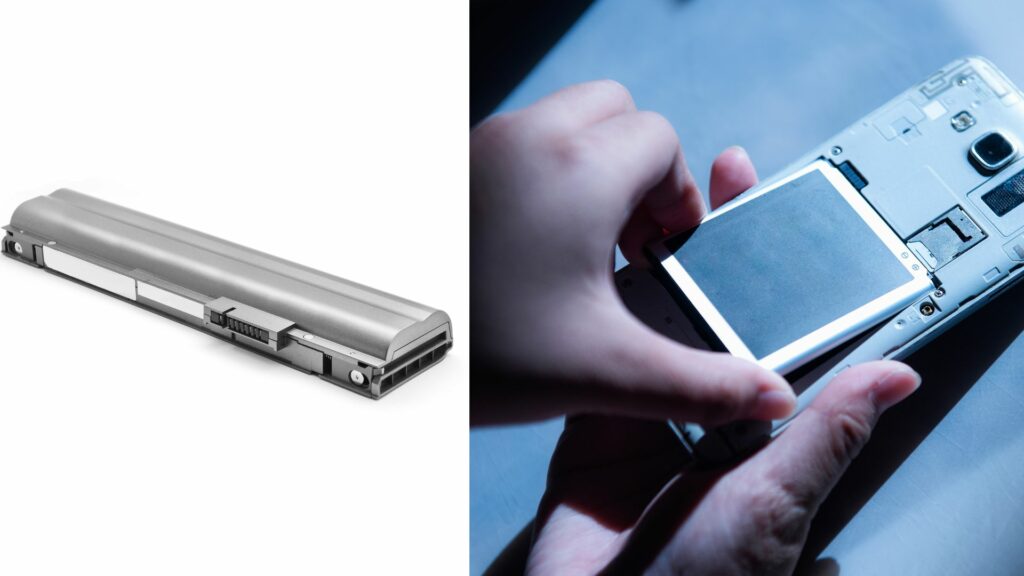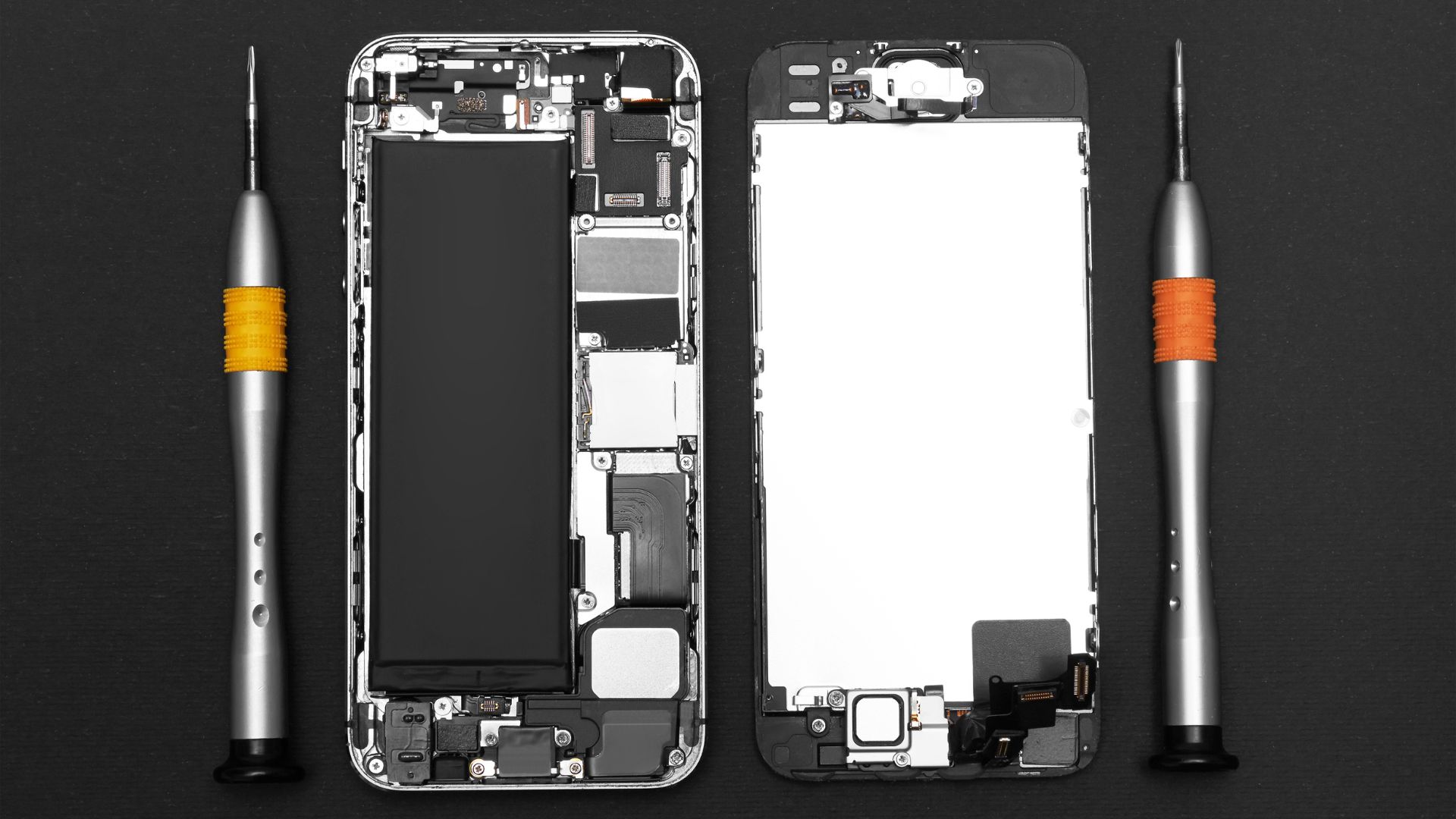Science Direct describes the Ah as the battery’s capacity. Ah stands for ‘Ampere Hour.’ mAh is a smaller unit of measurement that refers to ‘Milliampere Hour.’ One mAh is 1000th of an Ah. If a battery with 1mAh can generate 1mA (current) per hour, a 1000mAh battery will deliver 1mA for a thousand hours.
What if the battery provides 2mA? That 1000mAh battery will last 500 hours. While this picture is simplistic, it gives you an idea of how the mAh works and what it tells you. Naturally, the duration you record will depend on the electrical draw of the device.
For instance, a smartphone with a 1000mAh battery cannot last a thousand hours because it uses more than 1mA. These devices have an estimated electrical draw of 500mA.
How Long Does A 4000mah Battery Last?
This question has two interpretations:
1). Lifespan – 2 Years
Batteries have limited lifespans. Even if you make moderate use of your tablet or phone, the battery will eventually wear out. You cannot prevent this outcome. The best you can do is to control the rate at which the battery wears out.
For instance, storage matters. Keeping your battery in environments that expose it to moisture and extreme temperatures will influence the rate at which it wears out. You can expect similar consequences if you have a habit of allowing the battery to discharge completely.
It is worth noting that a battery’s mAh doesn’t affect its lifespan. You measure a battery’s lifespan by looking at the number of times it can charge and discharge before it stops working. You can expect 300 or more charge cycles from a new lithium-ion battery. That equates to roughly two years.
2). Capacity – 8 hours
Most people don’t care about the lifespan. When they ask how long a 4000mAH battery will last, they want to know how many hours their device will work before it depletes the 4000mAh battery. You’re looking at eight or nine hours. But your usage will make all the difference.
Does Different Battery Types Influence The Battery Life?
The battery type can affect its life. For instance, Nickel Cadmium batteries have a longer lifespan than many of their modern counterparts, boasting a shelf life of 36 months. But you rarely see this type in electronic devices because of their environmental toxicity.
Nickle Metal Hydride batteries are seemingly inferior to Nickle Cadmium because they have a shorter life cycle. However, NiMH batteries have a higher capacity that compensates for this weakness. You don’t have to charge them as frequently.
Lithium batteries are the gold standard because they have a better cycle and shelf life. They are also safer, even though the capacity is lower.
Lead acid batteries have the longest shelf life at 8.2 years (for pure lead batteries). But their cycle life is lower than that of other rechargeable batteries. None of this matters if you have a phone or tablet because most of the mobile devices on the market use lithium-ion batteries.
Lithium-polymer batteries are starting to become the norm. They are flexible, robust, and safe (less likely to leak). But lithium-ion batteries are still preferable for many manufacturers because they have a superior life cycle and capacity.
Does 4000mAh Battery life Change In Different Devices Like Power Banks, Smartphones, Laptops, iPhones, Vape?

Consider the example mentioned at the start: a 1000mAh battery lasts 1000 hours if the device in question only draws a current of 1mA. What would happen if the electrical draw rose to 1000mA? A 4000mAh battery would only last four hours instead of four thousand.
What does this tell you? The battery’s runtime depends on the load. Heavy-duty items with significant electrical demands will drain a 4000mAh battery faster than light-duty items with a lower electrical draw.
For instance, a 4000mAh battery will last longer in a smartphone than in a laptop. Power bank batteries are even larger. The best laptop power banks have an average capacity of 20,000mAh. The bigger the load, the faster the battery drains.
How To Determine The 4000mah Battery Life?
Android Authority has a graph showing the battery runtimes of different smartphone brands and models. Strangely, most of the batteries in the graph have a runtime of 4 to 4 ½ hours. That includes batteries with a capacity of 5000mAh and 6000mAh.
You would expect 6000mAh to take the lead. But the battery with the most impressive runtime (6 hours) has a capacity of 3700mAh, which shows that you can’t use mAh to predict a battery’s life. The following factors matter:
1). Specs
Do you know why a phone with a 3700mAh battery has a longer runtime than a device with a 4000mAh battery? You typically find batteries with a lower capacity in cheaper phones with low-end specs.
Phones with high-end specs are more appealing because they offer a more impressive collection of features. However, that remarkable collection of features will sap your battery at a faster rate.
If you need proof, think back to the last time you used a dumb phone. Before smartphones came along, you could use a mobile phone for days without charging the battery because those old phones had fewer features.
2). Processor
The processor makes all the difference in the world. Expensive iPhones and Samsung devices with 4000mAh batteries have lower runtimes than their cheaper counterparts because they use high-end processors that consume a lot of power.
3). Features
The most sophisticated features have the biggest impact on the battery’s life. For instance, Google Pixel devices that don’t have the Soli radar system have better runtimes than those with the function.
If the manufacturer has promised high-end displays and powerful speakers, expect your battery’s life to suffer.
4). Refresh Rate
Displays with a higher refresh rate consume more power than their counterparts with a lower refresh rate. Some manufacturers will limit a phone to 60Hz even though it can support 120Hz because they want to conserve the battery.
5). Internet
5G is all the rage these days. However, before you embrace the technology, keep its impact on your battery in mind. According to Huawei, a mobile device drains the battery faster when it uses a 5G network.
Admittedly, 5G is no different from 4G; that is to say, the way you use it matters. 5G won’t strain your battery just because you have it. On the other hand, if you spend every waking minute watching videos via your 5G network, your battery will suffer the consequences.
6). Usage
What are you doing on your device? Are you playing music nonstop? Your 4000mAh battery may last 20 hours or more. Are you watching videos? That figure will fall to 5 hours or less. Is the device in standby mode? It may last dozens of hours. Strenuous tasks will lower the battery’s life.
Things To Make Battery Life Last Longer
- If you’re searching for a new phone, pay attention to the specs. Prioritize factors that affect the battery’s life, including the screen size, resolution, and processor. Phones with sophisticated features will lower the battery life.
- Pay attention to the charge cycle. This means two things. First, don’t let the battery discharge to 0 percent. Second, don’t charge it to 100 percent. Keep the battery between 30 and 80 percent to maintain its health. You can kill the battery by letting it fall to zero.
- Don’t leave the phone in the charger once it fills. Contrary to what some laypeople think, the phone won’t overheat. It has mechanisms that prevent the charger from pushing more current into the battery once it fills. However, leaving the charger in your phone even after it fills will lower the battery’s lifespan.
- Disconnect features you don’t need. For instance, most people use Bluetooth infrequently. They don’t need this feature to remain active. And yet, they forget to switch Bluetooth off after using it. They do the same for WiFi.
- Deactivate assistants like Siri if you rarely use them. They are always listening for your voice commands. As such, they are a drain on the battery. Disable them unless they play a vital role in your life.
- Lower the brightness. Modern smartphones have mechanisms that adjust the brightness depending on the ambient light. But if your device lacks this feature, reduce the brightness.
Related post:

